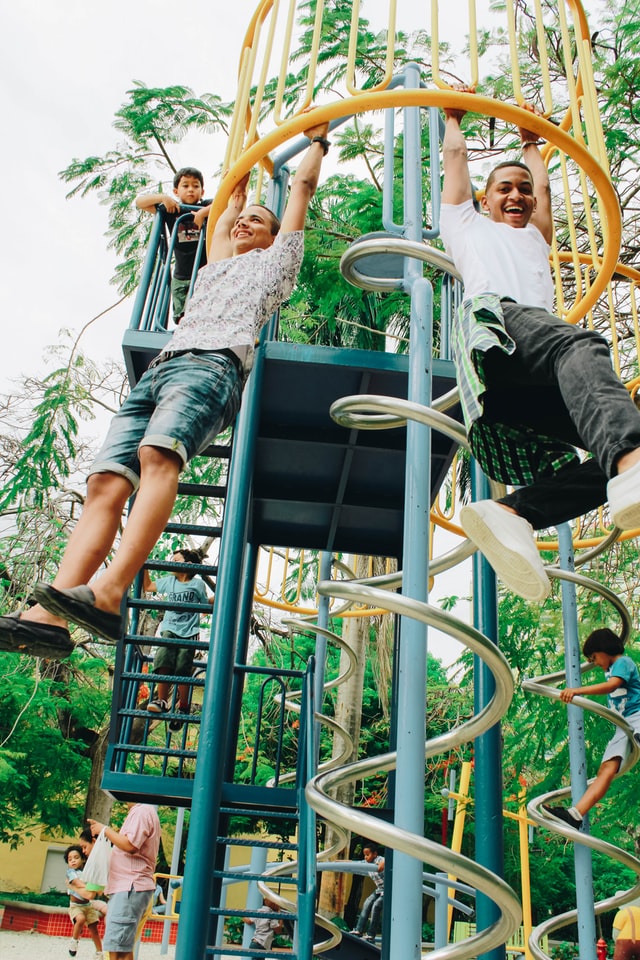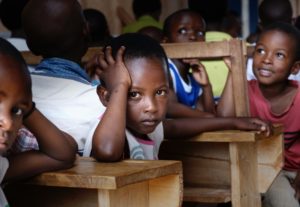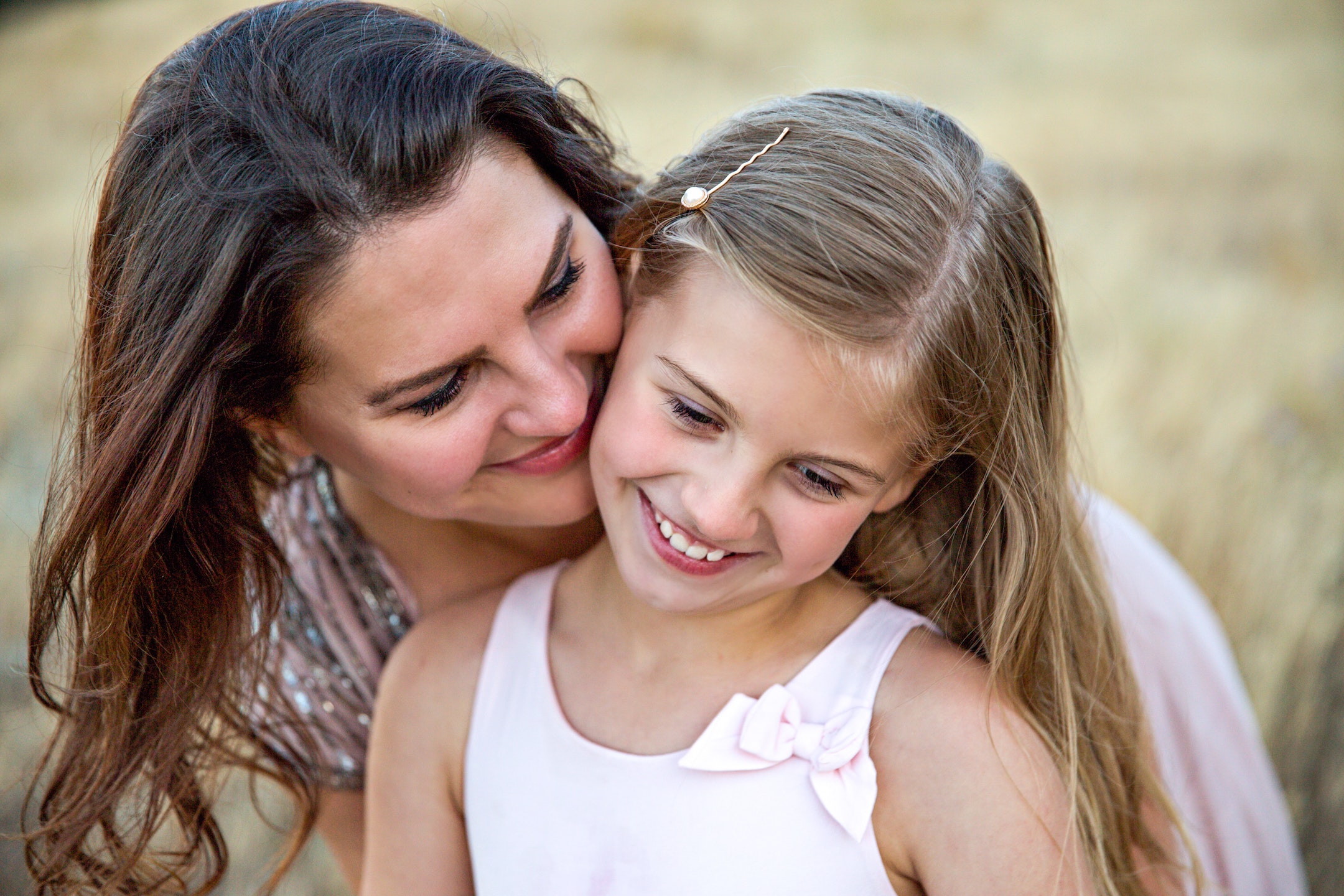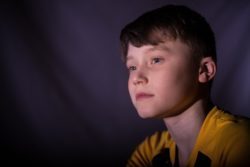 I was recently sitting and talking with a dear friend who has successfully beat cancer. As we talked she shared that she was beginning to realize her cancer diagnosis was fueled by childhood and current chronic stress. As a young girl she was pushed hard to be perfect, basically keeping the peace in the family through her successes. A heavy toll to carry for a 7-year-old. She continued in adulthood to care for others more than she cared for herself. She ate well, exercised, worked hard and is very successful, and she has a deep faith—but it’s her emotional health she tended to neglect—something she learned as a child.
I was recently sitting and talking with a dear friend who has successfully beat cancer. As we talked she shared that she was beginning to realize her cancer diagnosis was fueled by childhood and current chronic stress. As a young girl she was pushed hard to be perfect, basically keeping the peace in the family through her successes. A heavy toll to carry for a 7-year-old. She continued in adulthood to care for others more than she cared for herself. She ate well, exercised, worked hard and is very successful, and she has a deep faith—but it’s her emotional health she tended to neglect—something she learned as a child.
The research is clear that stress causes disease. Chronic physical and/or emotional stress will make you sick. Whatever your genetic make-up is for illness, i.e. heart disease, diabetes, cancer, high blood pressure, stroke, etc., it will show up if you are stressed for too long. Detrimental hormones are secreted when we are stressed, those hormones break down your immune system so eventually whatever you are genetically prone to will fight its way through and show up on your door step with an unfortunate surprise.
This is true for kids too. If kids are under too much stress, the same hormones will cause frequent illness, emotional instability, inability to do well in school, and as adults they will continue to get sick, maybe even with more serious issues. So we must find ways to help ourselves and our kids minimize stress—and use tools to mitigate it when it’s present.
How can we minimize stress?
- First and foremost, be honest with yourself and teach your children to do the same. Ask yourself, is this lifestyle causing too much stress? Do I have at least a couple of hours of downtime 5 days a week (everyday if possible). If you are rushing from here to there, not taking any time to relax and let your body unwind, think about how and what you can change. Give yourself a time frame to change the crazy schedules. In 2 months, if things have not settled down, make some hard decisions as to what can be different. Waiting for years for things to change is not good for anyone’s health.
- Schedule downtime if it doesn’t naturally fit into your schedule. Two to four hours a day should be spent chatting, hanging out, going for a casual walk or bike ride, working on puzzles, etc. This is critical to teach your kids—and so very important for their nervous systems! Relaxing is part of healing any stress you/they have been under.
- Evaluate your work/play balance. Take a hard look at how you feel about this balance. Does it feed your soul, or wear you out too often? If the latter is true, it’s time to change something somewhere. You don’t want to end up with a diagnosis where you wish you would have thought about these things. Your kids feel your stress too—help them by helping yourself.
Tools for mitigating stress:
The truth is, stress is present in everyone’s life. The hope is it’s only occasional, but in this fast paced world, it can be brutal sometimes. Please do everything you can to minimize stress, and when stress is present, do things to offset it’s ill effects.
- Self-care, self-care, self-care. I know, some of you are saying yeah right. Well remember, like my dear friend, if you don’t practice enough self-care—an ugly diagnosis will let you know about it. Schedule it in if you have to. Go for walks, chat with friends or neighbors, read a book, get a massage, meditate, cook/bake if you like to cook, look at the stars, etc. You can find things that feed your soul that do or don’t cost anything. Stress and trauma stir up our flight or fight responses in our bodies—we must offset those by practicing things that relax us—fully relax us. Teaching our kids self-care is also critical to their well-being—and if you do it together—what great memories you will create.
- Take a hard look at your ability to relax and destress. If you truly can’t relax then see a chiropractor, massage therapist, or energy worker to help your body shift, there could be a nervous system component that you alone can’t fix. Yoga, exercise, Qigong, and meditation will all help your nervous system calm down.
- Talk to someone about your emotions. Those old, deeper emotional issues can cause us to have a difficult time relaxing. Talking with a friend, loved one, or therapist can really help us see ourselves more clearly. Use The Imagine Project Journaling process to help guide you through understanding your situation better. Have your children do it with you. You will find it to be a powerful process and possibly even the key to mitigating your stress.
- Play, play, play! Laugh, laugh, laugh! Dance, dance, dance!
- Give to others. Find a way to help someone else in your world (or even in another part of life you aren’t familiar with). Helping others not only helps them, but it fills our buckets with love. Teaching this to kids when they are young will only make the world a better place and make them smile at the same time.
It’s time for all of us to look at our stress levels, see how we can minimize them, help mitigate them when we are stressed. Use the tools above and consider downloading The Imagine Project Journals to help you on your journey. They are free and powerful—you and your family will love it!
Take care and good luck,
Dianne
Dianne Maroney, RN, MSN is a thought leader in the area of stress and trauma in children. She is nurse, speaker, and author of multiple award winning books including The Imagine Project: Empowering Kids to Rise Above Drama, Trauma, and Stress (Yampa Valley Publishing, 2017). For more information go to www.theimagineproject.org. Dianne is the Founder and CEO of The Imagine Project, a nonprofit dedicated to helping children heal from stress and trauma.

 Gratitude is so simple, yet most people overlook its amazing benefits. Dr. David Hamilton, author of Why Kindness is Good for You, writes, “Gratitude is a mark of being kind to life by being aware of all that is around us, and when we are grateful, we acknowledge the people and situations in our life and express thanks for them.” We teach our children to say “thank you,” but it’s also important to model and teach them to see gratitude as a key philosophy of life. Seeing and feeling gratitude every day is one key to being resilient and successful.
Gratitude is so simple, yet most people overlook its amazing benefits. Dr. David Hamilton, author of Why Kindness is Good for You, writes, “Gratitude is a mark of being kind to life by being aware of all that is around us, and when we are grateful, we acknowledge the people and situations in our life and express thanks for them.” We teach our children to say “thank you,” but it’s also important to model and teach them to see gratitude as a key philosophy of life. Seeing and feeling gratitude every day is one key to being resilient and successful. The ways that children use technology on a daily basis is changing. More and more, younger generations are spending prolonged periods of time using digital devices. Unfortunately, this extended screen time can have a plethora of adverse effects on children. Read further to learn more about these anticipated challenges and solutions that will help limit these potential dangers.
The ways that children use technology on a daily basis is changing. More and more, younger generations are spending prolonged periods of time using digital devices. Unfortunately, this extended screen time can have a plethora of adverse effects on children. Read further to learn more about these anticipated challenges and solutions that will help limit these potential dangers. The Imagine Project became a nonprofit a little over 5 years ago. We have grown tremendously in those 5 years, currently reaching over a quarter of a million kids! The journey of starting a nonprofit is always a challenging one with many obstacles and lessons, and we have survived and thrived! The lessons of business are expected, but the powerful lessons of life that the thousands of stories we’ve heard that go far beyond what we had expected. I’d love to share what we’ve learned.
The Imagine Project became a nonprofit a little over 5 years ago. We have grown tremendously in those 5 years, currently reaching over a quarter of a million kids! The journey of starting a nonprofit is always a challenging one with many obstacles and lessons, and we have survived and thrived! The lessons of business are expected, but the powerful lessons of life that the thousands of stories we’ve heard that go far beyond what we had expected. I’d love to share what we’ve learned. Transitioning to a Trauma Informed School has become an important movement across the United States, particularly in those schools with a high population of at-risk students. Schools in poorer communities, communities with high crime, even rural areas are seeing the positive effects of applying Trauma Informed principles into their overall curriculum. Even if your school does not have a high-risk student population, it’s important to understand that trauma is in all schools. Yes, it may be higher in certain communities, but as many know, the ACES research showed that 50% of all kids in white, middle class, well-educated communities have at least one traumatic experience before the age of 17. This means every school has students who’ve experienced trauma. Becoming a Trauma Informed School is of utmost importance in helping all children succeed in school, and in life.
Transitioning to a Trauma Informed School has become an important movement across the United States, particularly in those schools with a high population of at-risk students. Schools in poorer communities, communities with high crime, even rural areas are seeing the positive effects of applying Trauma Informed principles into their overall curriculum. Even if your school does not have a high-risk student population, it’s important to understand that trauma is in all schools. Yes, it may be higher in certain communities, but as many know, the ACES research showed that 50% of all kids in white, middle class, well-educated communities have at least one traumatic experience before the age of 17. This means every school has students who’ve experienced trauma. Becoming a Trauma Informed School is of utmost importance in helping all children succeed in school, and in life. Parents, teachers, admin, even grandparents are struggling with the difficult decision of; “Should I send my child back to the classroom setting?” Some believe kids should be back in school, some believe they should stay home, some feel a hybrid choice is the best option. The reality is there isn’t one set answer for all. Many factors need to be taken into account when the final decision is made and administration is doing the best they can to balance the situation at hand.
Parents, teachers, admin, even grandparents are struggling with the difficult decision of; “Should I send my child back to the classroom setting?” Some believe kids should be back in school, some believe they should stay home, some feel a hybrid choice is the best option. The reality is there isn’t one set answer for all. Many factors need to be taken into account when the final decision is made and administration is doing the best they can to balance the situation at hand. All educators are anxiously awaiting what this fall might look like. Some still aren’t sure if kids will be in the classroom or virtual—and things could change quickly. Most students are also feeling anxious, not really knowing what school will look like in the fall. Some are anxious about possible changes, leaving home, being around other kids, wearing masks/not wearing masks, etc. Students will need extra emotional support from their teachers, counselors, and admin as they navigate this new territory. How can you help?
All educators are anxiously awaiting what this fall might look like. Some still aren’t sure if kids will be in the classroom or virtual—and things could change quickly. Most students are also feeling anxious, not really knowing what school will look like in the fall. Some are anxious about possible changes, leaving home, being around other kids, wearing masks/not wearing masks, etc. Students will need extra emotional support from their teachers, counselors, and admin as they navigate this new territory. How can you help? Ugh, life has been challenging lately, sometimes down right hard! Many of us are facing situations we never thought we would ever encounter. The stress is real—for all of us. Even if our situation is doable, we still see and feel the stress in the world. Behind the masks we can see stress in someone’s body language, lack of eye-to-eye contact, or maybe their behavior is less than kind. Adults are feeling stress, but kids are too—all ages of kids are feeling it—from babies to teens.
Ugh, life has been challenging lately, sometimes down right hard! Many of us are facing situations we never thought we would ever encounter. The stress is real—for all of us. Even if our situation is doable, we still see and feel the stress in the world. Behind the masks we can see stress in someone’s body language, lack of eye-to-eye contact, or maybe their behavior is less than kind. Adults are feeling stress, but kids are too—all ages of kids are feeling it—from babies to teens. Stress is running high right now. Everyone is feeling it, whether it’s a change in our everyday routines, being worried about a loved one, or the extreme stress of losing your home and/or job. If adults are feeling it, so are our children—no matter what the age. We all need some help coping. Mindfulness can be a great tool to keep us grounded so that our fear and worry emotions don’t get the best of us. The Imagine Project is a form of Mindfullness, it helps with processing how we feel, as well as centering ourselves.
Stress is running high right now. Everyone is feeling it, whether it’s a change in our everyday routines, being worried about a loved one, or the extreme stress of losing your home and/or job. If adults are feeling it, so are our children—no matter what the age. We all need some help coping. Mindfulness can be a great tool to keep us grounded so that our fear and worry emotions don’t get the best of us. The Imagine Project is a form of Mindfullness, it helps with processing how we feel, as well as centering ourselves. Stress is everywhere. You can almost feel it in the air. Our community, our state, our country, and the world are facing a difficult time—a global Coronavirus pandemic. Who would have thought a year ago we would be here, living in the new normal—unable to leave our homes, no school, no sports, and no playtime with friends (for kids and adults). With this new (temporary) normal we can find ourselves feeling a gamut of emotions—fear, stress, overwhelm, anger, terror, confusion, relief, even joy—we can feel all of these in a matter of minutes! If we are feeling these emotions, our kids are too.
Stress is everywhere. You can almost feel it in the air. Our community, our state, our country, and the world are facing a difficult time—a global Coronavirus pandemic. Who would have thought a year ago we would be here, living in the new normal—unable to leave our homes, no school, no sports, and no playtime with friends (for kids and adults). With this new (temporary) normal we can find ourselves feeling a gamut of emotions—fear, stress, overwhelm, anger, terror, confusion, relief, even joy—we can feel all of these in a matter of minutes! If we are feeling these emotions, our kids are too.